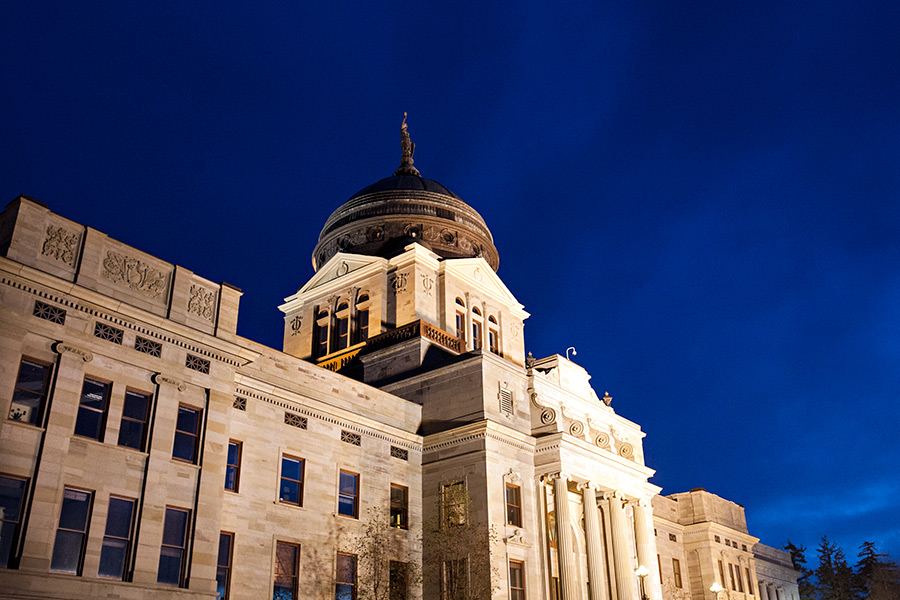HELENA — A Montana Senate committee on Tuesday added money to the state budget for nursing homes, special education and other government programs, relenting somewhat on the hard line that Republican legislative leaders had been taking to close a shortfall in the 2018-2019 spending plan.
But to keep the budget balanced, the Senate Finance and Claims Committee looked to cut funding in other areas, and the panel denied many other requests that were made.
“I feel like the Grinch who steals Christmas,” said committee chairman Llew Jones, R-Conrad, after rejecting a proposal to reinstate a scholarship program. “I believe we must take care of the base programs we have before expanding into new areas.”
Some of the funding additions made on Tuesday were previously rejected by the House earlier this month over concerns of balancing the budget and leaving enough cash in reserve to absorb unexpected changes in spending and revenue before the Legislature meets again in 2019.
The Republican-led Legislature had been seeking to close a budget shortfall caused by the downturn in energy production by spending cuts alone. However, a new revenue estimate forecasts the state will take in about $100 million more than previously expected by 2019.
Also, bills to hike taxes on tobacco products and increase the state’s fuel tax appear to be gaining traction, which would further boost state revenue, though Republicans said they would resist all new taxes.
The Senate panel inserted $10 million for nursing home programs in the state, $1.2 million for special education programs and $1 million for a youth suicide prevention grant program. Money was also added to start a psychiatry residency program, to fund the Montana Digital Academy’s online classes for rural students, for high school vocational education programs and to increase state payments for community colleges.
The panel also partially restored some of the cuts proposed for some agencies, such as the Montana National Guard, the Public Service Commission and even the small state Division of Architecture and Engineering. Other agencies, such as the state Department of Public Health and Human Services, will be allowed to fill some of the open positions that had previously been slated to remain vacant to save money.
To pay for the additions in education programs, the committee voted to temporarily eliminate funding for school district block grants. The effect would be a $40 million decrease in state money going to school districts’ general funds over the next two years.
Many funding requests were also denied. They included proposals to give child protection workers a raise, to cut down the waiting list for residential services for the elderly and disabled and $12 million for a new statewide preschool program.
A request to add $20 million to the Office of the Commissioner of Higher Education’s budget over the next two years was also rejected. Republican majority lawmakers said they would not go above the $11 million that had been restored to the commissioner’s budget in the House.
Commissioner Clayton Christian previously told the Senate panel that the cuts proposed could mean “catastrophic” tuition hikes for some colleges and universities, even with the $11 million restored.
“The Legislature still has opportunity to help fund affordable education for the people and employers of Montana,” commissioner spokesman Kevin McRae said after the hearing. “We look forward to working with legislators in the days ahead to explore all possibilities.”
Once the Senate committee finishes amending the budget, it goes to the Senate floor for a vote. The differences between the House and Senate versions will be worked out in a conference committee.
